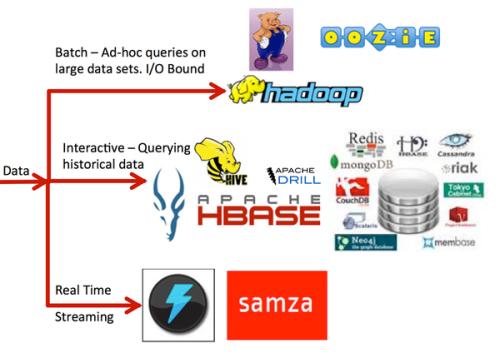While narrative visualization has been used successfully in various applications to communicate scientific data in the format of a story to a general audience, the same has not been true for medical data. There are only a few exceptions that present tabular medical data to non-experts. However, a key component of medical visualization is the interactive analysis of 3D data, such as 3D models of anatomical structures, which were rarely included in narrative visualizations so far. In this design study, we investigate how neurological disease data can be communicated through narrative visualization techniques to a general audience in an understandable way. We designed a narrative visualization explaining cerebral small vessel disease. Learning about its avoidable risk factors serves to motivate the audience watching the resulting visual data story. Using this example, we discuss the adaption of basic narrative components. This includes the conflict and characters of a story, as well as the story's structure and content to address and communicate specific characteristics of medical data. Furthermore, we explore the extent to which complex medical relationships need to be simplified to be understandable to a general audience without distorting the underlying data and evidence. In particular, the data needs to be preprocessed for non-experts and appropriate forms of interaction must be found. We explore approaches to make the data more personally relatable, such as including a fictional patient. We evaluated our approach in a user study with 40 participants in a web-based implementation of the designed story. We found that the combination of a carefully thought-out storyline with a clear key message, appealing visualizations combined with easy-to-use interactions, and credible references are crucial for creating a narrative visualization about a neurological disease that engages an audience.
翻译:虽然在各种应用中成功地使用了叙述性可视化,将科学数据以故事的形式向一般受众传播,但医疗数据的情况并非如此。只有少数例外才向非专家提供表格医疗数据。然而,医学可视化的一个关键组成部分是对3D数据的互动分析,例如3D解剖结构模型,迄今为止这些模型很少被纳入叙述性可视化中。在设计研究中,我们调查如何通过叙述性可视化技术向普通受众传播神经疾病数据,以可以理解的方式向普通受众传播。我们设计了一个叙述性可视化的描述性数据,解释小船体疾病。了解其可避免的神经风险因素有助于激励观众观看由此产生的视觉数据故事。我们利用这个例子,讨论基本叙述性组成部分的调整。这包括一个故事的矛盾和字符,以及故事的结构和内容,到目前为止,我们探索了复杂的医学关系在多大程度上需要简化,以便让普通受众能够理解而不扭曲基础数据和证据。特别是,关于其可避免的神经风险因素有助于激发观众观看所生成的视觉数据故事。我们需要设计出一个更精确的直观的直观的直观的直观性方法,我们用一个在网上进行一个更精确的解读的预演化的研究中,我们所找到一个更精确的直观的直观的直观的直观的直观的直观的直观的直观的直观的直观的直观的直观的直观式研究中,我们所找到的直观的直观的直观研究。我们所找到了一种我们所找到的直观的直观的直观的直观的直观的直观的路径。我们所找到的直观的直观的直观的直观的直观的直观的直观的直观的直观的直观的直观的直观的直观的直观的直观的直观方法,我们所找到的直观方法,我们所找到到的直观方法,我们所找到的直观的直观的直观的直观和直观的直观的直观的直观的直观的直观的直观的直观式的直观的直观的直观的直观式的直观的直观的直观式的直观和直观的直观的直观的直观的直观的直观式的直观式的直观




